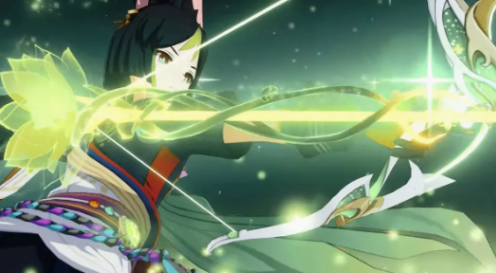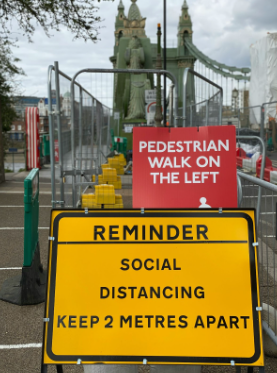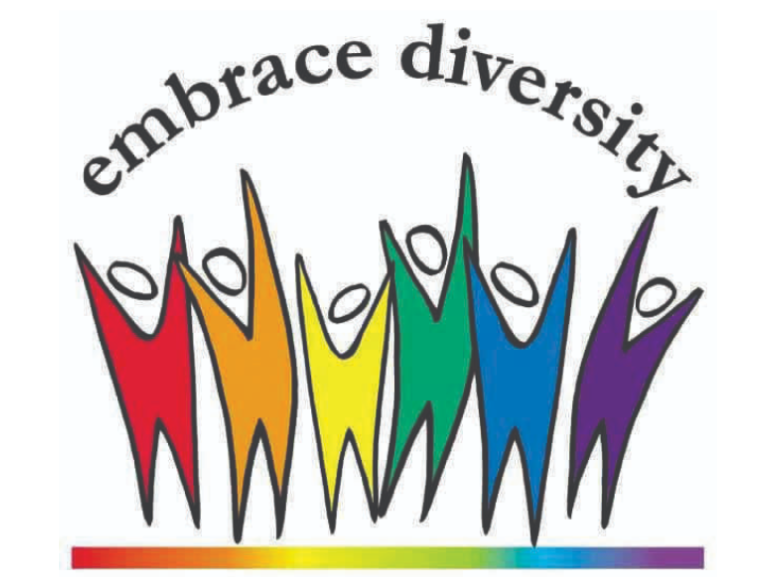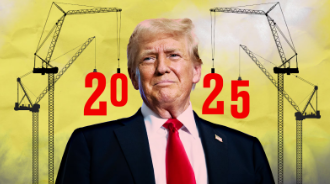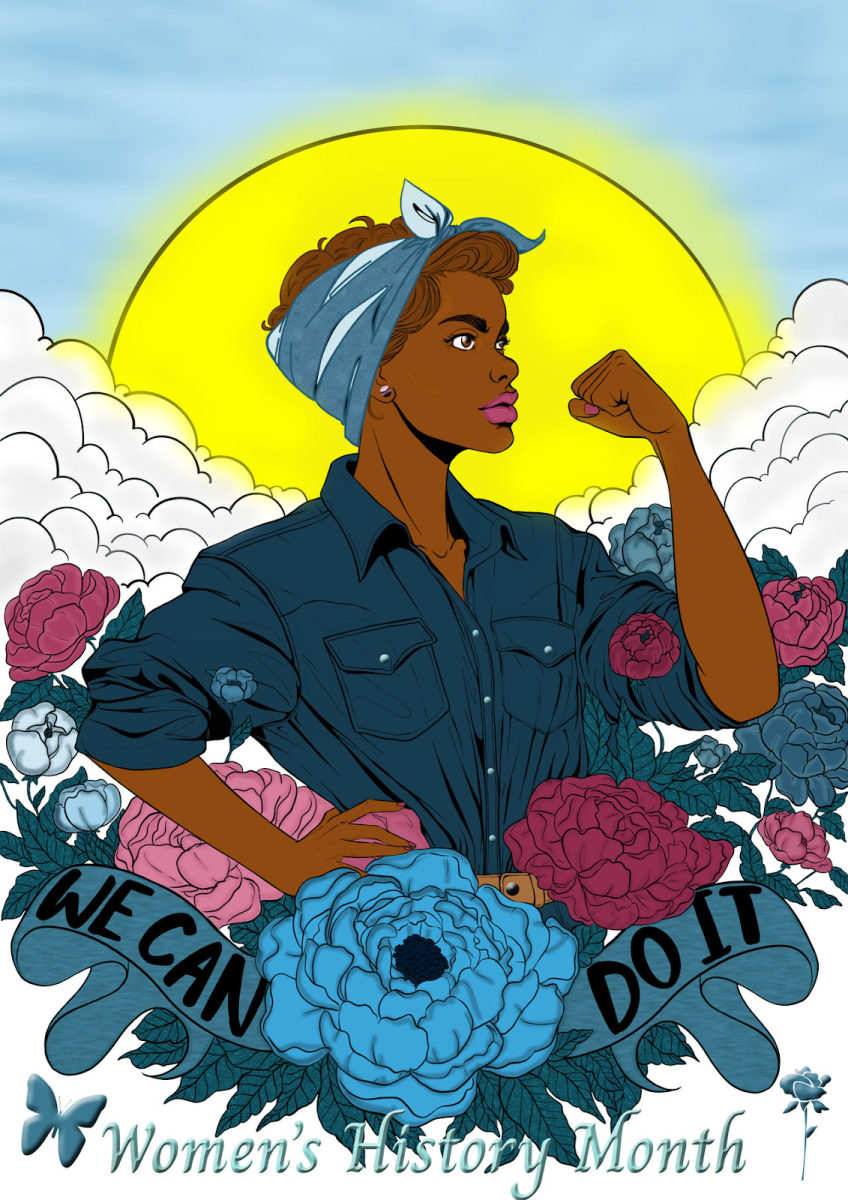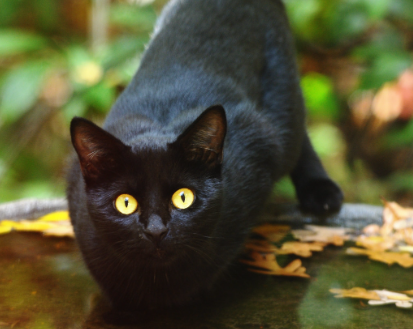Black cats have a long history, with many connotations belonging to the color of their fur. They had an empire at their feet with the Egyptians but were persecuted and thought evil in Colonial America. They are, no matter what, creatures that should be respected as any animal should. Since Halloween is coming up- and National Black Cat Day on October 27th- it seems fit to delve into the history of what they have represented.
The superstition around black cats begins with the Egyptians, who believed that all cats deserved to be worshipped and respected. They thought of black cats as magical, descendants of their cat goddess, Bastet. They often kept house cats, and sometimes mummified them. They even defended cats to the level where violence against cats was a death penalty.
Japan has held black cats in high regard since the 1600s. Black cats were especially good luck for single women, and were thought to help them find love. Maneki Neko is a Japanese cat figurine common in Japanese spaces, the small beckoning cat who waves its arm up and down, and the black cat iteration helps ward off evil spirits.
17th-20th century sailors (typically Irish sailors), brought black cats aboard ships to serve as ratters and were thought to bring good luck to the ship.
Welsh believed black cats were good luck, and used them to predict the weather.
In Scotland, it was believed a black cat showing up on your doorstep was good luck, and typically meant you would acquire money.
France believes crossing paths with a black cat is good luck, and that something magical will happen if so.
In Germany, it depends! A black cat crossing your path from left to right is lucky, but right to left is unlucky.
The Middle Ages is when luck started to turn. In Celtic mythology, the figure Cat Sidh was a black fairy who could take souls and shapeshift, but often appeared as a black cat with a white spot on the chest. In the 12th century, it was believed if the devil was summoned he would appear as a black cat. In the century following, Pope Innocent VIII declared black cats to be associated with the devil, and a witch’s favorite. A black cat in the moonlight was thought to foretell an epidemic. In Italian beliefs, it was thought a black cat on a sick bed meant the sick person would die. These beliefs translated to colonial America, where a fear of black cats was fueled by the Salem Witch trials. Black cats were believed to be witches familiars and people who owned black cats were accused of being witches. From these events and beliefs stemmed the black cat as a popular Halloween symbol. In modern day, there is still a stigma surrounding black cats, meaning shelters are consistently full of more black cats than others.
Black cats are beautiful creatures, and though it’s fun to think of them as Halloween symbols, but all in all, they are worth the respect they demand as a living creature. Remember to put your black cat prejudice behind you and appreciate them for what they are- furry, pretty cats!








